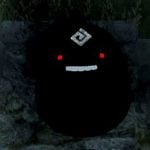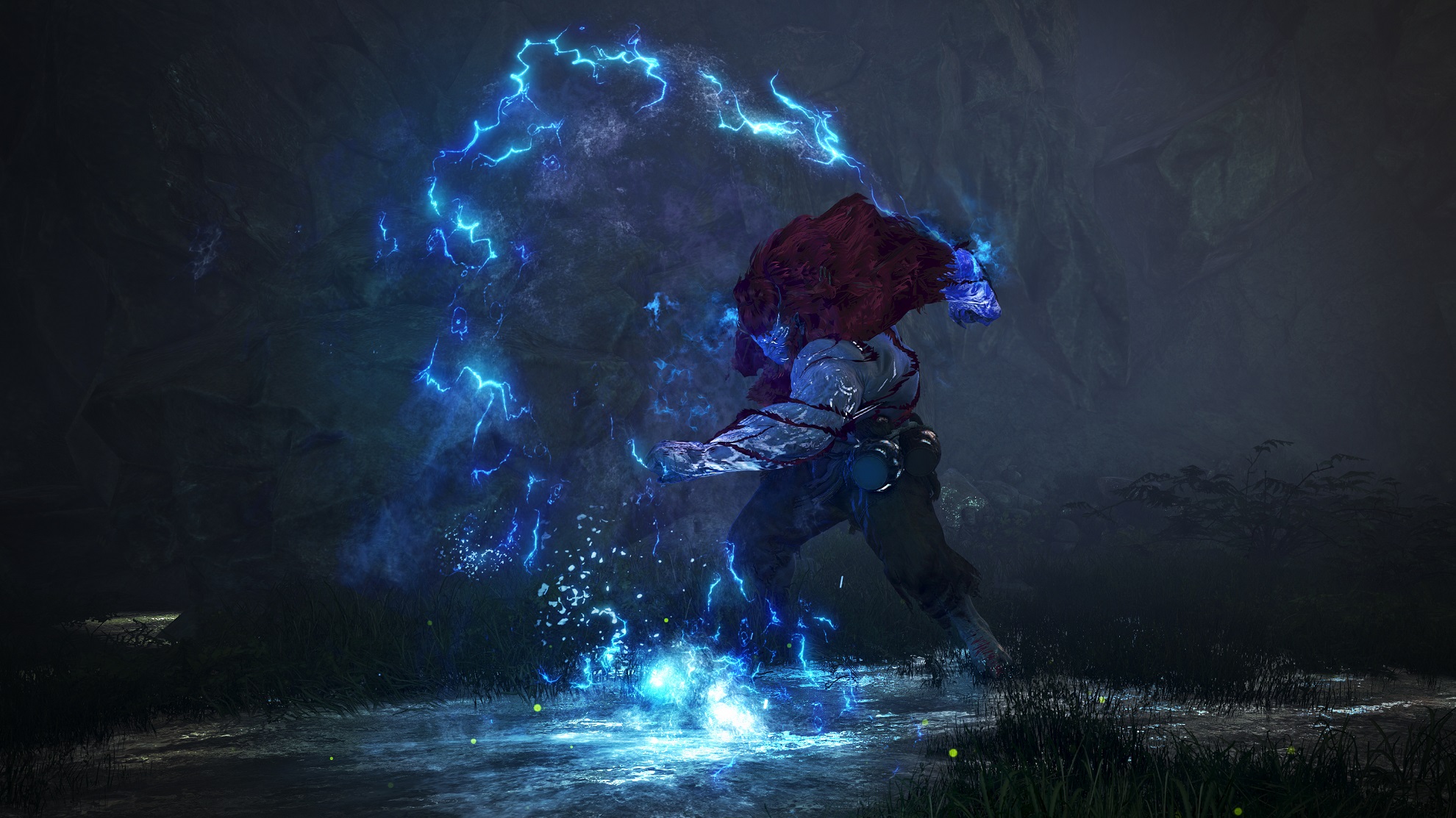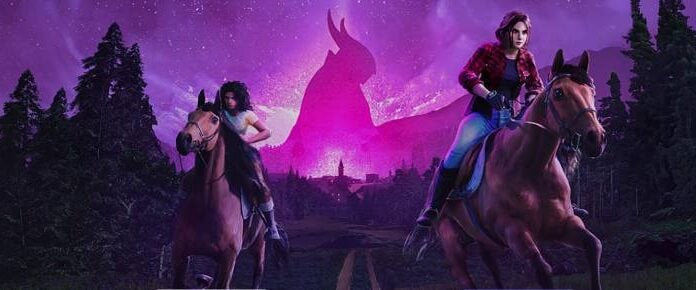
In the last edition of Desert Oasis, I barely scratched the surface of Black Desert’s Land of the Morning Light expansion. I’ve still got so much to say about the boss blitz mode. The design decision to forego the tried-and-true formula of adding more grindspots, world bosses, and a single linear main story quest is just as artistic and symbolic as it is practical. And it really shows how willing the dev team is willing to try out different things for the sake of making the world of Black Desert feel just that much more immersive.
So for today’s column, I want to go over why the boss blitz mode makes perfect sense and why Land of the Morning Light was the right expansion for this new form of gameplay.
The practical reasons
Black Desert released in Korea all the way back in 2015. North American and European launches followed shortly after on March 3rd, 2016. So it’s been around for a long time, and it’s grown a lot since then. But on a fundamental level, Black Desert is still rooted in the gameplay made popular overseas by Lineage thanks to predecessors like Ultima Online and EverQuest: find a grindspot for experience points and loot. It’s simple, straight-to-the-point, and addictive.
And quite frankly, BDO would’ve been fine had it just opted to add more grindspots in LOTML. The players who end up sticking to BDO like the grind. But considering how old this game is now, I think the timing is good to mix it up a bit. BDO has so many grindspots now that it’s gotten stale. Replacing them with boss fights is new and different. It breaks from the norm. From a development standpoint, it helps the developers hone the ins and outs of boss design, and it also opens up more creative freedom when designing the region.
Grindspots also create limitations in world design, not just progression and combat layout. BDO grindspots are large. Most early level grindspots, like the Kagtums, have two main rotations and a third one that isn’t as profitable. Higher-level grindspots are just as large, but with smaller rotations to accommodate more players. Either way, they take up a lot of real estate across the continents, and LOTML just feels a lot smaller than previous regions released. With the instancing technology now developed for BDO, Pearl Abyss might as well take advantage of the advances made on the game engine itself.
We also can’t ignore how this is a great avenue for making more money for the company. Because each boss has 10 levels of difficulty (“calamity levels”) and a leaderboard, we have competitive PvE now. Of course someone is going to unsheath a credit card and bravely cut through each and every boss with its sheer power. We’ll have to wait and see (probably won’t be long) on whether or not the leaderboard will just be populated by the pay-to-win crowd, but PA isn’t a charity, and it’s going to need a return on investment to fund the next big expansion.
Practical reasons are good for the overall life of the game, but they’re worthwhile only to provide a foundation for the true beauty of this expansion.
Artistic expression and symbolism
Something I immediately noticed about this new region was just how different it feels from the rest of the game. The whole place has a sense of calm. All the troubles out in Velia, Valencia, and the other regions just seem so far away. The wars fought between Calpheon and Heidel had no bearing on this land. The treacherous three days of darkness that plagued Mediah didn’t trouble folks this far off. Events like those had no effect on this region.
And this is best shown with the lack of monsters and conflict. It’s peaceful here. Leaving the city walls won’t alert a band of goblins or bandits. If anything, the person actually disturbing the inherent peace in the region is the player as you gallop through the countryside. I noticed small little details such as white birds flying away as I rode through the paths – the galloping probably stirring them into action. The absence of enemies on the side of the road just felt pleasant. It reminds me of the aura Shing Jea island from Guild Wars 1 gave off.

The peace and quiet this region affords is a welcome change of pace. It’s obvious the artists and developers really wanted to make this place feel dramatically different from the hustle and bustle that the other regions have. And it’s not just special because it’s the latest expansion; the studio also wanted to share its cultural heritage with the rest of the world.
As I noted yesterday, Land of the Morning Light takes direct inspiration from Korea’s Joseon period. It’s actually a pretty long era, starting in 1392 and ending in 1897, separated into two periods (early and late). I think the aesthetic PA homed in on was from the early period spanning from 1392 to roughly 1592, with the new bosses pulled from Korean mythology.
Compared to Chinese and Japanese myths, the folklore of Korea isn’t as well known around the globe, and I suspect that’s why PA really wanted to make a point in putting these legends front and center. These are such important stories to Korean culture. For example, one of my favorite bosses is Songakshi, which translates to “the virgin ghost.” According to the real-world folklore, she died before her wedding; during the boss fight in-game, she hints that her fiance actually left her for another woman. She reminds me of the vengeful ghosts found in popular films such as The Ring and The Grudge. I didn’t even know Korea had its own take on the legend – but thanks to the game’s efforts, I do now.
Another intriguing boss is Bari, who is often one of the main characters in a lot of Korean folktales. She comes in many forms, but the most popular story is that she is the seventh daughter of a king and a queen, thrown away because she wasn’t a boy. Ironically, she ends up saving them: She goes on a journey to retrieve special water that can save her parents’ lives. There are many forms of the story, but it ends up with her either finding the water and curing them or resurrecting her parents. It’s an interesting tale.
Imagine downgrading either of these legends to just being a cheap monster to mow down in a grind spot. That just wouldn’t have been respectful.
Now, this isn’t a knock on BDO players, but we love efficiency. We love number crunching. If we can squeeze out a few more silver in the last 5 minutes of our grind, we will. So I am glad PA didn’t just take these folk figures and slap them in as “trash mobs” because we totally would’ve just sat there all day killing them hundreds of times over and over. It just doesn’t sound right, and it would undermine the power of the legends. I don’t want their value reduced to how much trash loot they drop in an hour. Each boss fight is dramatic. The ferocity in each of these battles balances out the peace and tranquility of the island. Just knowing you’re facing off against such dangerous foes that can overpower even the best geared players is exactly what we want from these creatures.
It’s symbolic in the end. Land of the Morning Light is more than just the sum of its parts. It’s a love letter to Korea’s rich history. It’s a chance to introduce new folktales to a whole new generation. And in many ways, it’s a way to make players quake in their boots.
 The Great Valencian Black Desert is a dangerous place, but thankfully there’s always a chance for respite. Join Massively OP’s Carlo Lacsina every other week for just that in Desert Oasis, our Black Desert column! Got questions or comments? Send him a message or drop by his Twitch channel to hang out while he’s streaming the game!
The Great Valencian Black Desert is a dangerous place, but thankfully there’s always a chance for respite. Join Massively OP’s Carlo Lacsina every other week for just that in Desert Oasis, our Black Desert column! Got questions or comments? Send him a message or drop by his Twitch channel to hang out while he’s streaming the game!















